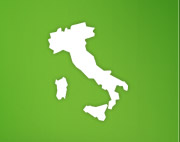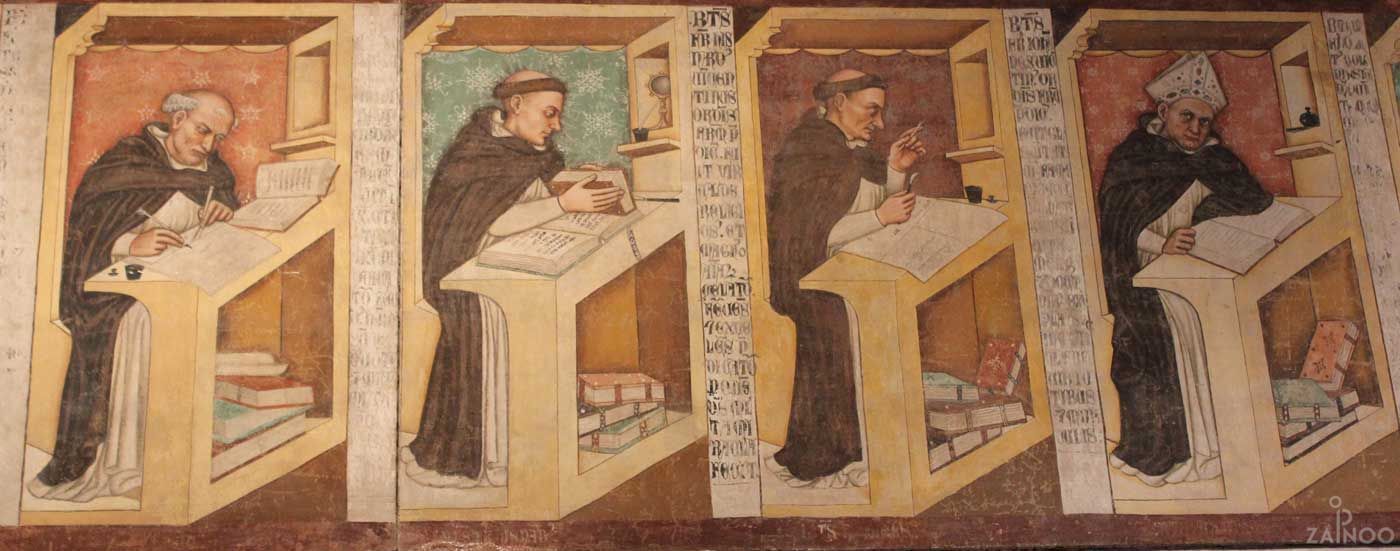Italy in the Middle Ages
A country between pope and emperor
After the fall of the Roman Empire, the Vatican gained power in Rome . The subsequent appointment of Pepin as king and the restoration of the Roman Empire was the beginning of a long dispute between the pope and European monarchs about power and legitimacy. This dispute culminated in the Investiture Controversy of the 12th and 13th century when the German Emperor Frederick I Barbarossa invaded Italy. The Italian city states, were both victims and beneficiaries at the same time, as they gained a powerful position in Italy by taking continuous concessions of the two parties developing economically and militarily independent.
From the Langobards to the Franconians
After the fall of Rome and the invasion of the Germans, Italy's history became rather turbulent. The Germans were followed by the Ostrogoths under Theodoric and built their empire in Italy until the Lombards, who were building their empire in Northern Italy, defeated them again. Veneto, Tuscany and Lombardy were their core regions. While the Lombards settled in the north and Arabs, Byzantines and Normans fought for supremacy in the south, the new Christian state in central Italy managed to consolidate itself against its enemies in the Middle Ages. Despite the Christianisation of the Lombards, the Vatican quickly became a fierce opponent. With the help of the Franks, who forced the Lombards to territorial concessions to the Pope (Donation of Pepin), the foundations for the Papal State were laid.
Italy between church and emperor
As a thank you for the Frankish military aid, the Pope crowned Pepin as King of God's grace. His son Charles the Great would later be crowned Emperor of the re-instated Holy Roman Empire. As the Frankish rule ended, the north of Italy plunged into chaos. Italian and Frankish nobles fought for the crown of the Langobards. As the German King Otto I once again established order in two military campaigns at the behest of the Pope, he was crowned Emperor of Germany as Italy formally fell to the Holy Roman Empire. Soon after this important event, however, the relations between Pope and Emperor deteriorated and a long-running dispute began that was to alter the power structure in Italy dramatically.
The city states in Italy arise
While the south of Italy and the Papal States were governed centrally, the big and rich port cities of northern Italy went a different way. Due to their wealth, they had already been enjoying special status and thus were less willing to follow the German Emperor or the Pope. The newly emerging bourgeoisie supported these efforts and promoted the development of their own city states in Italy. Preoccupied with their own dispute, Pope and Emperor competed for the favour of influential city states, such as Venice, Genoa and Milan, with concessions that further strengthened the power of these already powerful cities. The trade flourished and soon the city states established new forms of government. Rich merchants and families, like the Medici in Florence and the Visconti in Milan, vied for influence and took control in the respective city governments. City states had been established in Italy shaping the development of northern Italy from the late Middle Ages up to the modern era.


Tweet